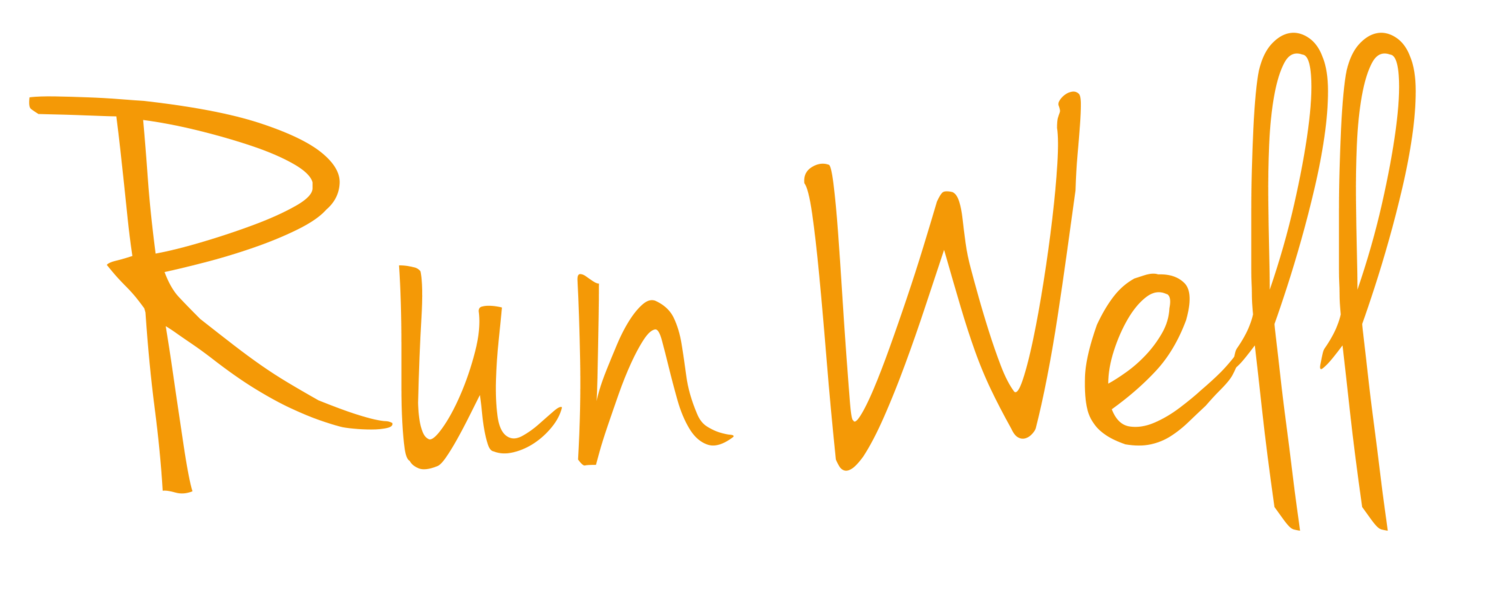A fast finish in the marathon is what we want and aim for.
The Long Run is without doubt the most important run in your marathon training program. These runs are specifically designed by pace & heart rate to maximise your body's ability to burn fat & spare your limited muscle glycogen stores as well as improve your leg strength & condition to allow you to make the distance.
This month represents the peak in your running mileage and arguably the most critical stage in your marathon preparation.
Having completed more than 12 weeks of structured running thus far, you will have built up a good level of aerobic conditioning courtesy of your easy paced, steady Long Runs at your prescribed pace to maximise your aerobic threshold training effect.
However, if you're anything like many runners I speak to, it's common to start to wonder how on earth you're going to manage to run 42.195 kms at your desired race pace, when you've been doing all these miles at a much slower pace.
Thus, with 5 weeks to go this is an ideal time to work a bit of Race Pace into your final Long Runs. This I believe will serve you well on two fronts;
Firstly, to give you a feel for what it's like to run at Race Pace on tired legs. These runs will show you that you can run at Race Pace even under these conditions of high mileage training on often tired legs. This will give you confidence that you can take into race day.
Secondly, after many weeks of slower paced Long Runs, your legs will relish the opportunity to open up a bit, utilising more glycogen as you push your pace up to your desired Race pace. Paradoxically, your legs will feel fresher and alive with the extra work - the change of pace will recruit more intermediate muscle fibres, allow you to increase your cadence, reduce your ground contact time as you increase your pace. Think of it as giving your legs a break from the slow easy pace, as you train your body to work hard under conditions of fatigue.
Here are 4 tried & tested ways that you can step up the pace on your upcoming Long Runs.
These techniques have been practised & endorsed by some of the great runners & coaches of our time, such as Arthur Lydiard, Gabrielle Rosa, Greg McMillan, Hal Higdon & subsequently many thousands of athletes since;
1. FAST FINISH:
For a 32 km Long Run, run the first half (16km) at your prescribed easy Long Run pace. Gradually increase your pace over the next 8 kms up to Race Pace by the 24km mark. Hold your Race Pace through to 30km, and finish the last 2 km even faster if you can.
2. SURGES:
Run the first half of your Long Run at your easy prescribed Long Run pace and work up towards your Race Pace ( RP) in the last km . Hold your Race Pace over the next 3 km, then follow this with 3 km at easy pace, then 3 km at RP and so on. Perform 3 x 3 km at RP, with 3 km easy pace between. Finish your last km at Easy pace.
3. THE 3/1:
Run the first 3 quarters ( 24km) at your prescribed easy Long Run pace, and run the last quarter (8km) at Race Pace.
4. THE MOUNTAIN:
My favourite. Run the first 5-10 kms of your run at prescribed Long Run Pace, then increase your pace by 10 seconds/km for each subsequent 5kms up until you hit your Race Pace. Try to calculate this so that you are running the last 5 kms at your Race Pace.
5. HILLS/TRAILS:
Increasing your pace is increasing your work-rate. You can also do this on a hilly course or hit the trails. Work hard up the hills, and ease off on the downs. A great place for this type of run is Kew Boulevard in Melbourne; a tranquil undulating 14 km return roadside course.
Incorporate these runs into your next 30+ km runs over the next month only if your body is feeling up to it. These runs will give you the confidence and better conditioning for a stronger, faster finish come race day!
An additional note for these runs is that you might want to take gels with you. Firstly, to practise for race day, as well as provide some extra carbohydrate energy for your fast finishes. You don't need to consume your gels in the early part of your runs at easy pace, but wait until just before your faster run sections if you wish.
A note on gels; if you haven't tried V-FUEL, a fructose free energy gel that is great for training, racing and assists recovery. Built on the pillars of taste, quality and performance, check these out. Did somebody say salted caramel apple !!! Best of all, they won't upset your guts!
With the additional demands of these runs, please make sure your recovery is up to scratch. If you missed my recent blog on best tips for recovery you can find it here.
As always, Run Well.

















